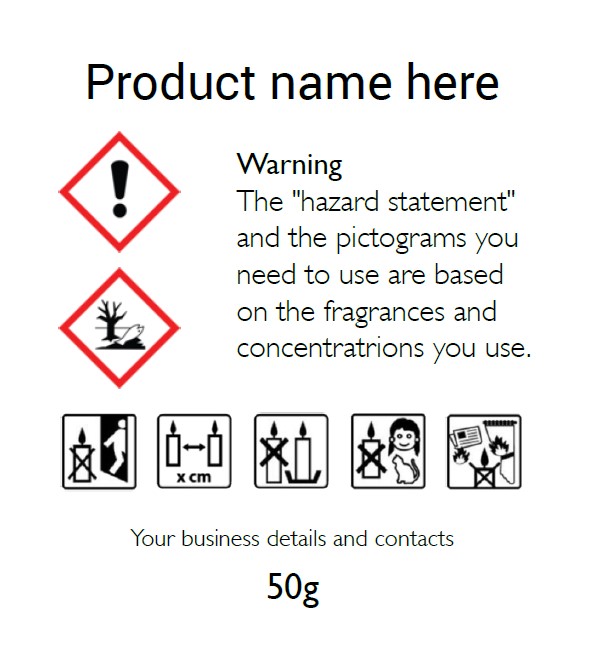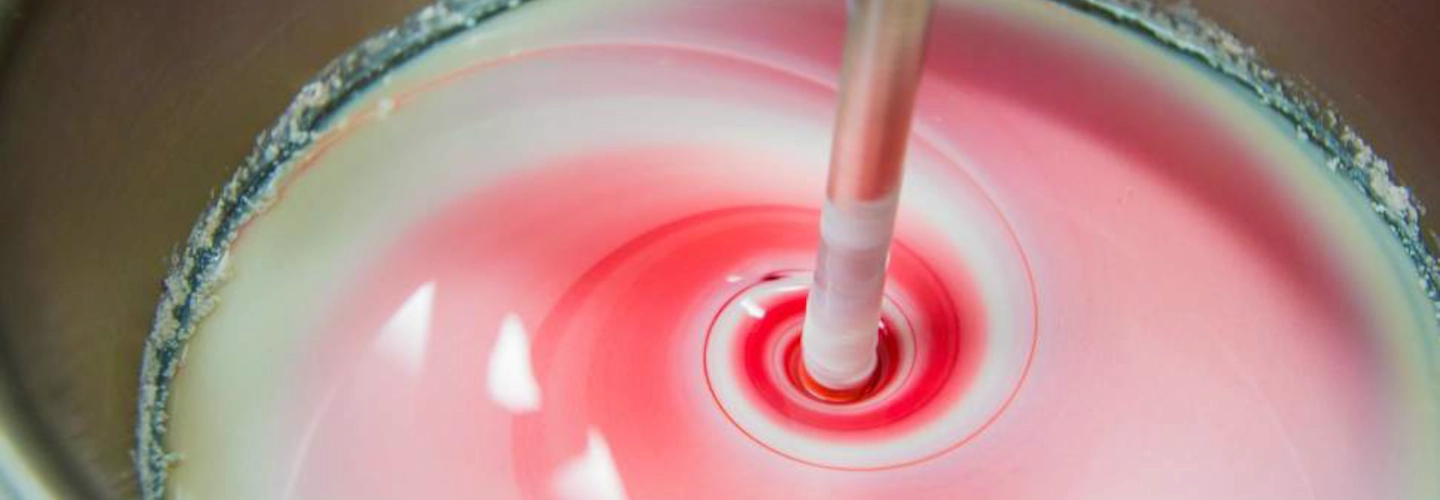Your cart is currently empty!
CLP regulation, GB or EU?

Which safety labels do you need for your candles?

OK, you know you need CLP labels, the ones with hazard signs.
But which ones? What’s the difference between the GB CLP and EU CLP regulations?
CLP stands for “Classification, Labelling and Packaging” and it usually applies to chemicals and hazardous materials.
CLP was introduced in the UK before Brexit as an European regulation.
EU’s CLP is based on the United Nations’ Globally Harmonized System of the classification and labeling of chemicals (GHS) and Great Britain continued to adopt GHS in the form of GB CLP, independently of the European Union.
So a correctly designed CLP label will work in the UK as well as in the EU. The label will protect the consumer and environment… and the manufacturer too!
How to make your CLP label
Making CLP labels can be daunting, but with a bit of research you’ll find the information you need.
First of all, when making candles you need to use fragrances you can get the CLP label for. You’ll find essential information there, including the list of chemicals/ingredients, an hazard statement and the pictograms you need to use for your candle label.
Unfortunately, things get a bit more complicated when you consider that fragrances are effectively diluted within your wax. Yet, fragrance suppliers and manufacturers often provide the necessary info based on average, standard dilution. E.g. 8%, 10%.
There is also stuff you can’t write. For example, you should avoid using statements such as ‘safe’, ‘non-harmful’, ‘non-toxic’, ‘non-polluting’, ‘ecological’, ‘eco’ on the labels of substances or mixtures which have been classified as hazardous.
Any other statements that are inconsistent with or contradict the classification of the substance or mixture being placed on the market should not appear on the label either.
Your label can include safety pictograms, icons or statements. E.g., advise the consumer not to leave the candle unattended.
It’s recommended to indicate the production batch number for each candle. Just print the labels before starting the production run. This will come in very handy in the unlikely case you’ll have to recall a batch of your product.
Your label must include your business details and contacts. This is not just the correct legal practice (as a manufacturer you must be identifiable). Your insurance will also want you to make sure your products are clearly linked to you. But after all, this is also a good, professional business practice. Buyers like to know who they are buying from.
Additional resources
There are some free CLP design tools online, usually provided by companies that can print the labels for you. For example: https://www.magicclps.co.uk
The official regulations can be found at:
https://www.hse.gov.uk/chemical-classification/brexit.htm
https://www.hse.gov.uk/chemical-classification/legal/clp-regulation.htm
Picture by Markus Spiske – Unsplash
Recent posts

Looking to make your bottles unique and eye-catching?Our bespoke bottle sealing wax is tailored to the customer’s precise specifications, and adds a distinctive touch that enhances quality and…

We’re thrilled to announce that you can now purchase directly through our website with an online checkout!Currently, this e-commerce feature is available for a select…

Sealing wax has a rich and colorful history that dates back centuries, embodying both elegance and function. Originally used to seal important documents and signify…